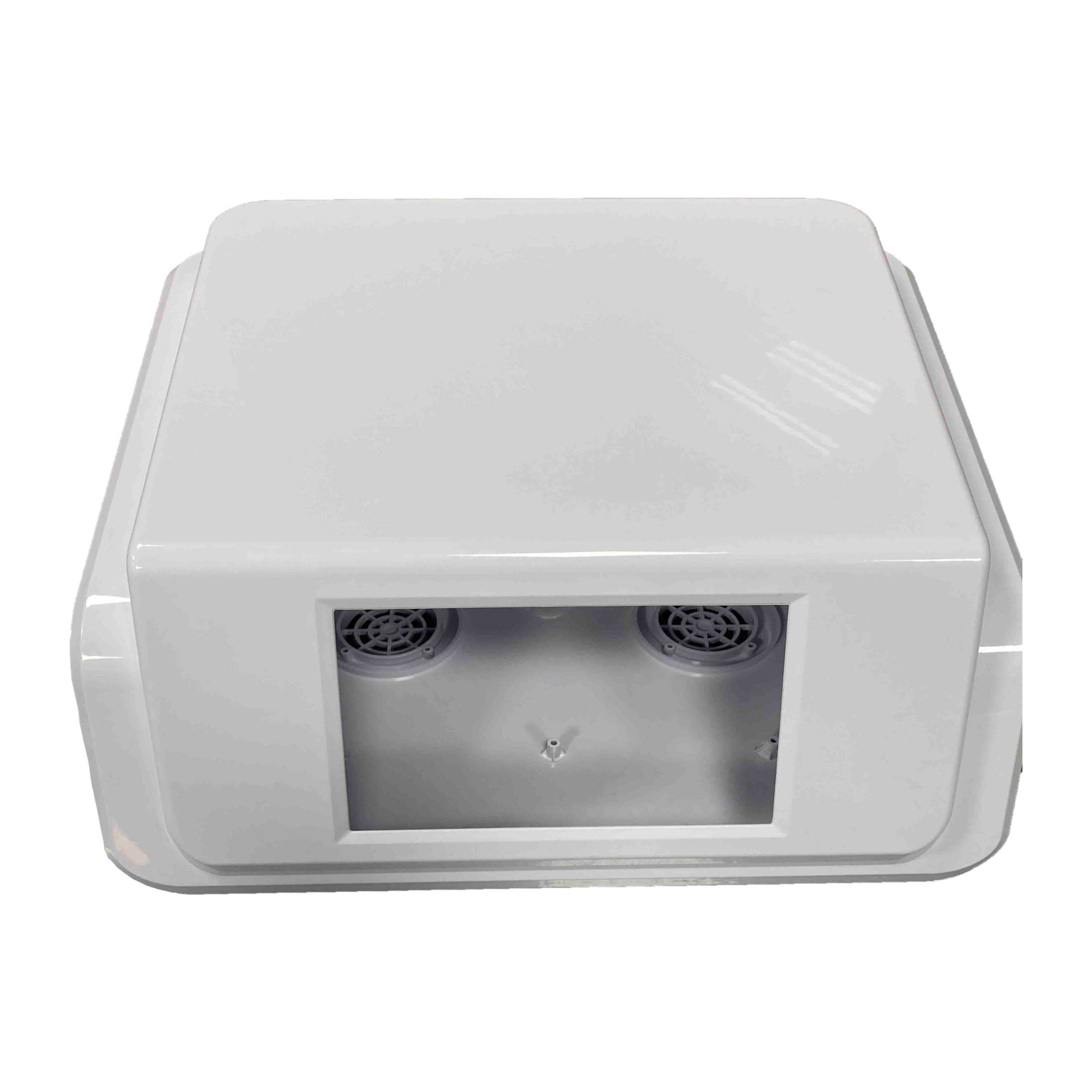- Home
- Capability
- Products
- About Us
- Service Industry
- Service Cases
- Video
- Contact Us
-
Language

2024-07-02 15:25:57

Introduction to Vacuum Forming Plastic
Vacuum forming is a thermoforming process where a heated plastic sheet is stretched over a mold and then vacuum-formed to take its shape. This method is widely utilized due to its cost-effectiveness, flexibility in design, and ability to produce lightweight yet durable products. Traditionally employed in industries such as packaging, automotive, and electronics, vacuum forming has expanded its horizons with new applications driven by technological advancements and creative engineering.
In the medical field, vacuum-formed plastic is increasingly used to create customized enclosures for medical equipment. These enclosures provide protection, ease of sterilization, and integration of complex components. The lightweight nature of vacuum-formed plastics is advantageous for portable medical devices and equipment that require frequent handling.
Aerospace engineers leverage vacuum forming to produce lightweight and aerodynamically efficient components. From interior panels to structural elements, vacuum-formed plastics offer reduced weight compared to traditional materials without compromising strength. This contributes to fuel efficiency and overall performance enhancements in aircraft.
Architects and designers are exploring vacuum-formed plastic for its potential in architectural applications. From curved façade panels to interior decorations, vacuum-formed plastics provide a cost-effective alternative to traditional building materials. The ability to create complex shapes and textures enhances design possibilities, enabling unique and aesthetically pleasing structures.
Automotive manufacturers utilize vacuum forming for rapid prototyping of interior components and exterior panels. This process allows designers to quickly iterate and test designs before final production, reducing time to market and development costs. Vacuum-formed plastics also contribute to vehicle weight reduction, enhancing fuel efficiency and performance.
In consumer electronics, vacuum-formed plastics are employed for casing and housing various devices. These plastics offer protection against impact and environmental factors while maintaining a sleek and lightweight profile. Advances in vacuum forming technology enable precise customization of shapes and sizes to accommodate intricate electronic components.
Retail and marketing sectors utilize vacuum-formed plastics for displays and signage due to their versatility and cost-effectiveness. Custom-shaped displays attract attention and effectively showcase products, enhancing brand visibility and consumer engagement in retail environments. The lightweight nature facilitates easy transportation and installation of signage.
Vacuum-formed plastic packaging plays a crucial role in the food industry, offering hygienic and durable solutions for food storage and transportation. These plastics are compliant with food safety regulations and can be designed to extend the shelf life of perishable goods. Vacuum-formed trays and containers ensure product protection and presentation on store shelves.
Advancements in vacuum forming technology have expanded its capabilities and application potential:
Digital Modeling and Simulation: Computer-aided design (CAD) software enables precise modeling and simulation of vacuum-formed parts, optimizing design accuracy and manufacturing efficiency.
Material Innovation: Development of new plastic materials enhances properties such as impact resistance, heat tolerance, and recyclability, expanding the range of applications for vacuum forming.
Automation and Robotics: Integration of robotics and automated systems in vacuum forming processes improves consistency, reduces production time, and minimizes waste, making it more cost-effective for large-scale manufacturing.
Despite its widespread use, vacuum forming faces challenges related to sustainability and environmental impact. Efforts are underway to develop biodegradable plastics and increase recycling rates of vacuum-formed materials to mitigate these concerns.
Looking ahead, the future of vacuum forming plastic appears promising with ongoing advancements in materials science, automation, and sustainability. Continued innovation will likely expand its application into new industries and enhance its role in manufacturing processes globally.
Vacuum forming plastic continues to be a versatile and indispensable manufacturing process, evolving with technological advancements and creative applications across diverse industries. From medical equipment to aerospace components and consumer electronics, its ability to offer cost-effective, customizable solutions underscores its importance in modern production. As innovations in materials and technology continue to unfold, vacuum forming is poised to play an even more significant role in shaping the future of manufacturing.
This article highlights the dynamic nature of vacuum forming plastic and its transformative impact on industry practices and product development, paving the way for continued innovation and growth in the years to come.